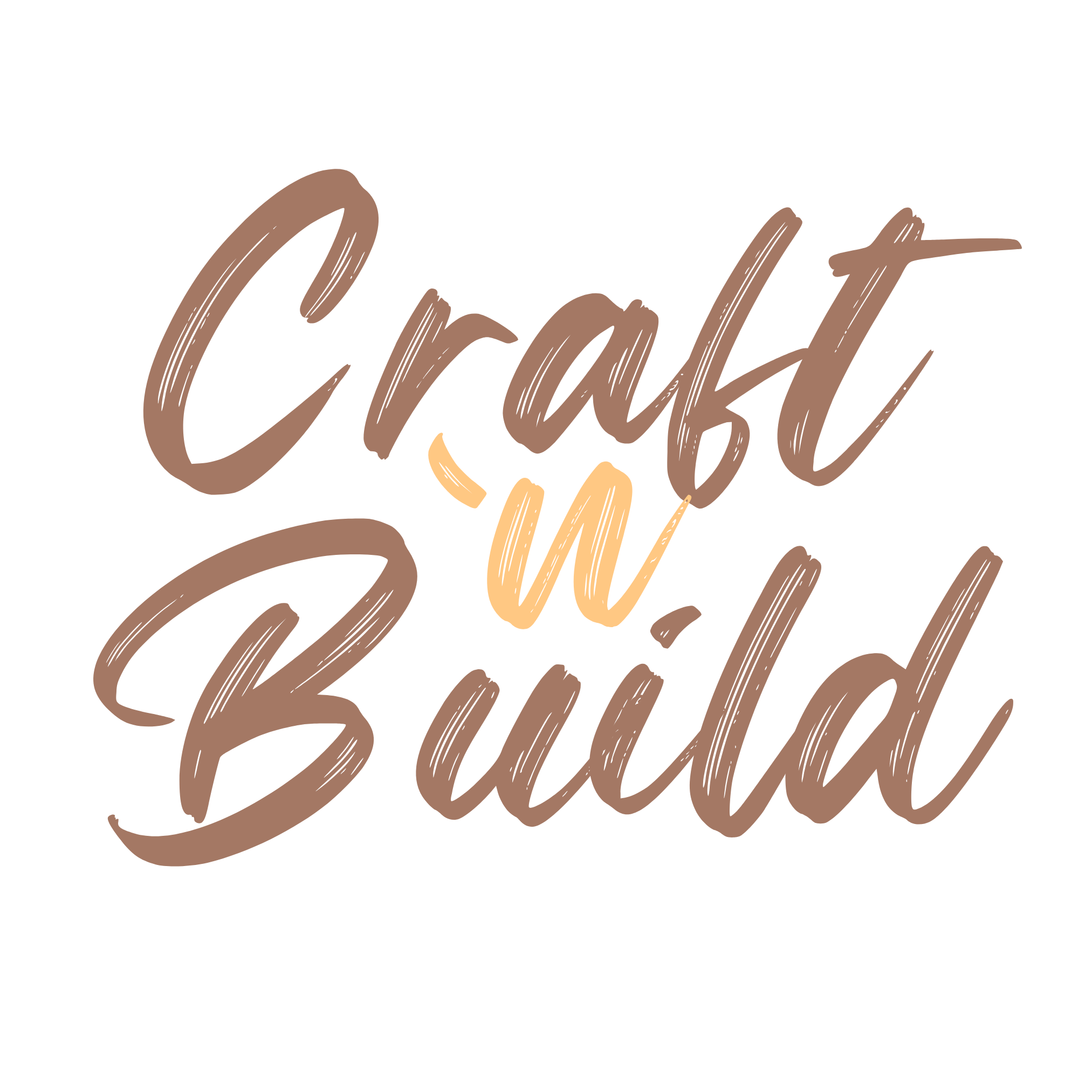Introduction
Woodworking is one of the oldest and most enduring human crafts. Long before modern materials existed, wood shaped our homes, tools, culture, and creative expression. Today, despite the availability of advanced technologies, wood remains a preferred material for furniture and interior design because of its warmth, versatility, and integrity. Working with it offers something deeply tangible—an experience that blends precision, problem-solving, and the quiet satisfaction of making something with your own hands.

Woodworking – The Complete Foundation is designed to give you a clear and structured starting point in this craft. Whether your goal is to build simple household projects, develop solid workshop skills, or prepare yourself for more advanced furniture making, this collection provides the essential knowledge you need. The fundamentals introduced here are the same principles used by professional makers: understanding wood as a material, mastering accurate measurements, using the right tools, and developing safe, confident workshop habits.

This foundation is not about acquiring every tool or learning every technique at once. It is about building practical competence step by step. You will learn how to choose tools that match your workspace and budget, how to read and work with wood grain, how to perform the core operations—cutting, shaping, joining, and finishing—and how to approach projects with accuracy and intention. As you progress, you will gain the confidence to take on more complex work, explore different styles, and eventually develop your own approach to design and making.
The aim of this collection is simple: to give you the knowledge, skills, and structure to work with wood safely, effectively, and with growing creativity. Woodworking rewards patience, curiosity, and care. With the right foundation, it also becomes a craft you can enjoy for a lifetime.
Introduction to Tools
Woodworking is deeply connected to the tools we use. A well-balanced hand plane producing a ribbon of clean shavings or the precision of a sharp chisel meeting the wood grain—these experiences define the craft. Tools are enjoyable and safe to use only when they are maintained, sharp, and suited to their task. Selecting the right tool, and caring for it properly, is foundational to confident woodworking.
A disciplined approach to tools will shape your workshop habits from the beginning. Good storage, clean work surfaces, and easy access to your equipment help you work faster, safer, and with greater satisfaction. Whether your workshop is a large dedicated space or a small shed, an orderly environment makes the craft more rewarding.

Choosing Tools Wisely
When starting out, avoid the temptation to buy a complete tool catalogue. Instead, consider your first project: scale, materials, and the techniques involved. Begin with the minimum tools needed to complete that project. As you work, you will naturally identify additional tools that genuinely serve your needs—this leads to a more purposeful, cost-effective collection.

Hand Tools vs. Power Tools
Hand tools provide precision, quiet operation, and a direct connection to the craft. Power tools offer speed and efficiency but come with noise, dust, setup time, and added safety considerations. Many woodworkers use a balanced mix of both. Choose based on the type of work you enjoy, your working environment, and the level of refinement you want to achieve.
New or Secondhand
Power tools and machines are generally best purchased new, as their performance depends on reliable electronics. Hand tools, however, are excellent candidates for secondhand buying. A well-maintained set—often stored in its own chest by a previous owner—can be both economical and superior in quality to many modern equivalents.
Storage and Care
Adopt the principle “a place for everything and everything in its place.”Keep tools clean, oiled, and stored in dry racks, boxes, or chests. Maintain a workshop that is well lit, dust-controlled, and clutter-free. Not only does this extend the life of your tools, but it also creates a safe and efficient workspace.















